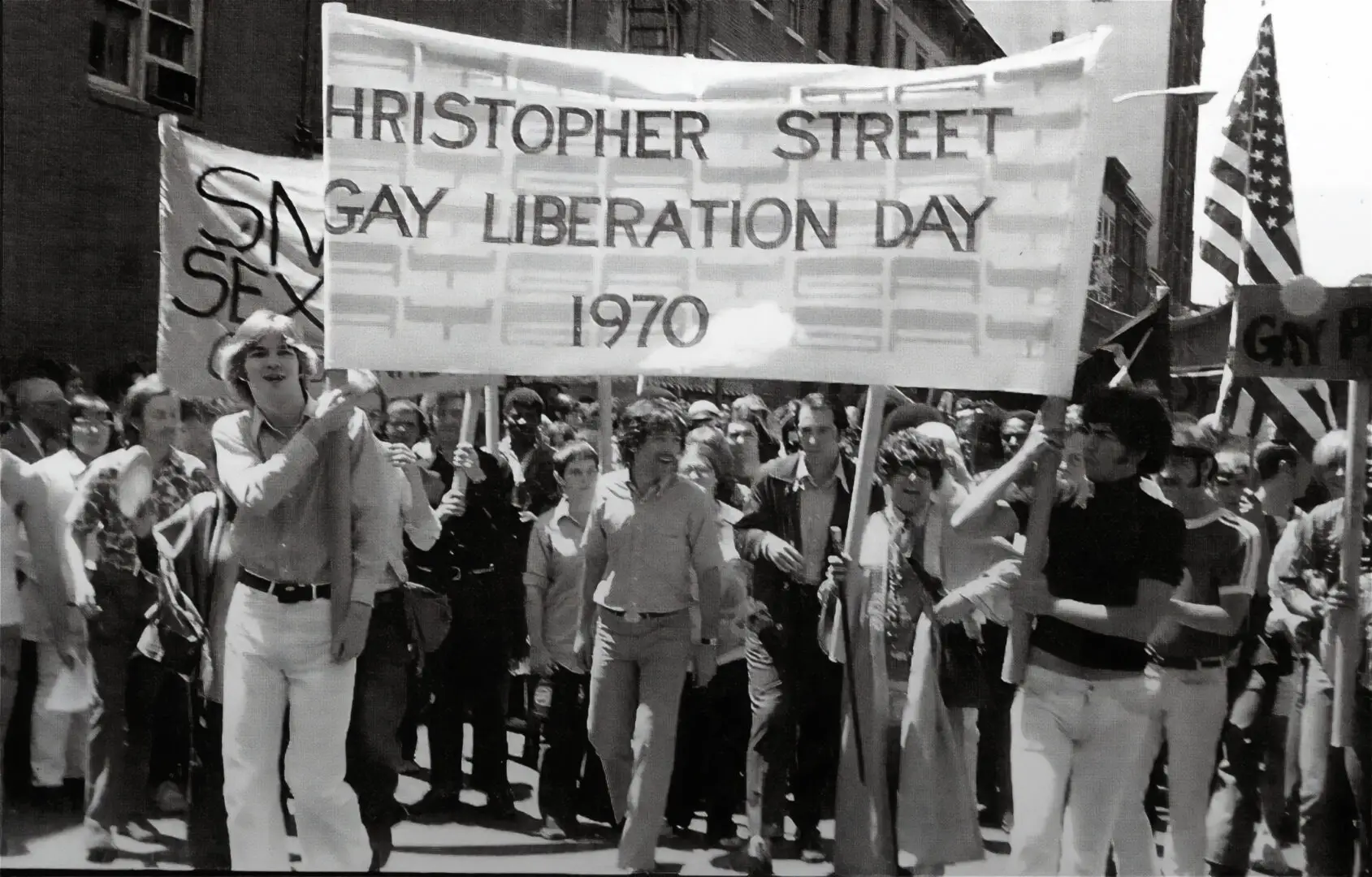The streets of New York filled with thousands of voices on June 28, 1970. They marched not just to commemorate Stonewall, but to declare their existence, their resilience, and their right to live without fear.
This was the first Pride march, a radical act of visibility in a world that preferred LGBTQ+ people to remain unseen. The sight of so many openly embracing their identities sent shockwaves across the country, reaching places where such a display was still unthinkable. Memphis was one of those places.
In 1970, Memphis had no public marches, no city-endorsed celebrations, no acknowledgment that LGBTQ+ people had long been part of its fabric. To live openly was to risk everything, and most chose the safety of silence. But for those paying attention, the images from New York stirred something powerful. The march in Manhattan was more than a protest; it was proof that a different future was possible. It was a glimpse of what it looked like when people refused to shrink themselves to fit inside society’s expectations. It was, for many in Memphis, an invitation to dream.
Those dreams would not become reality overnight. Memphis, like much of the South, held tightly to its traditions, many of which demanded conformity and punished those who did not comply. But seeds had been planted. In the quiet spaces where LGBTQ+ people gathered—in bars, in homes, in whispered conversations—hope began to take shape. If they could march in New York, perhaps one day Memphis could, too.
Grassroots organizing started to emerge, often in the shadows, far from the reach of those who sought to suppress it. Visibility remained a dangerous proposition, but activists worked with the tools they had. They built networks, found allies, and prepared for a moment when the city might be ready.
It would take years before Memphis saw its own Pride march, but when it did, it carried within it the spirit of that first march in New York. The echoes of those who walked in 1970 could be heard in every step taken through the streets of Memphis.
Pride in Memphis exists today because of those who believed in it before it was possible. The marchers in New York lit a fire that spread to every corner of the country, even to places that did not yet have the freedom to burn as brightly. They proved that visibility could be a weapon, that courage was contagious, and that no city, no matter how resistant, could hold back a movement forever.
The history of Pride is the history of those who refused to wait for permission. New York gave Memphis the first glimpse of what could be, but it was Memphis’s own community that carried that vision forward. Every parade, every flag, every person walking openly through the streets today is part of a legacy that began with that first march. And just as those marchers in 1970 paved the way for what followed, so too does Memphis’s own Pride movement continue to push forward, ensuring that the next generation will never have to wonder what it looks like to stand in the sun.
